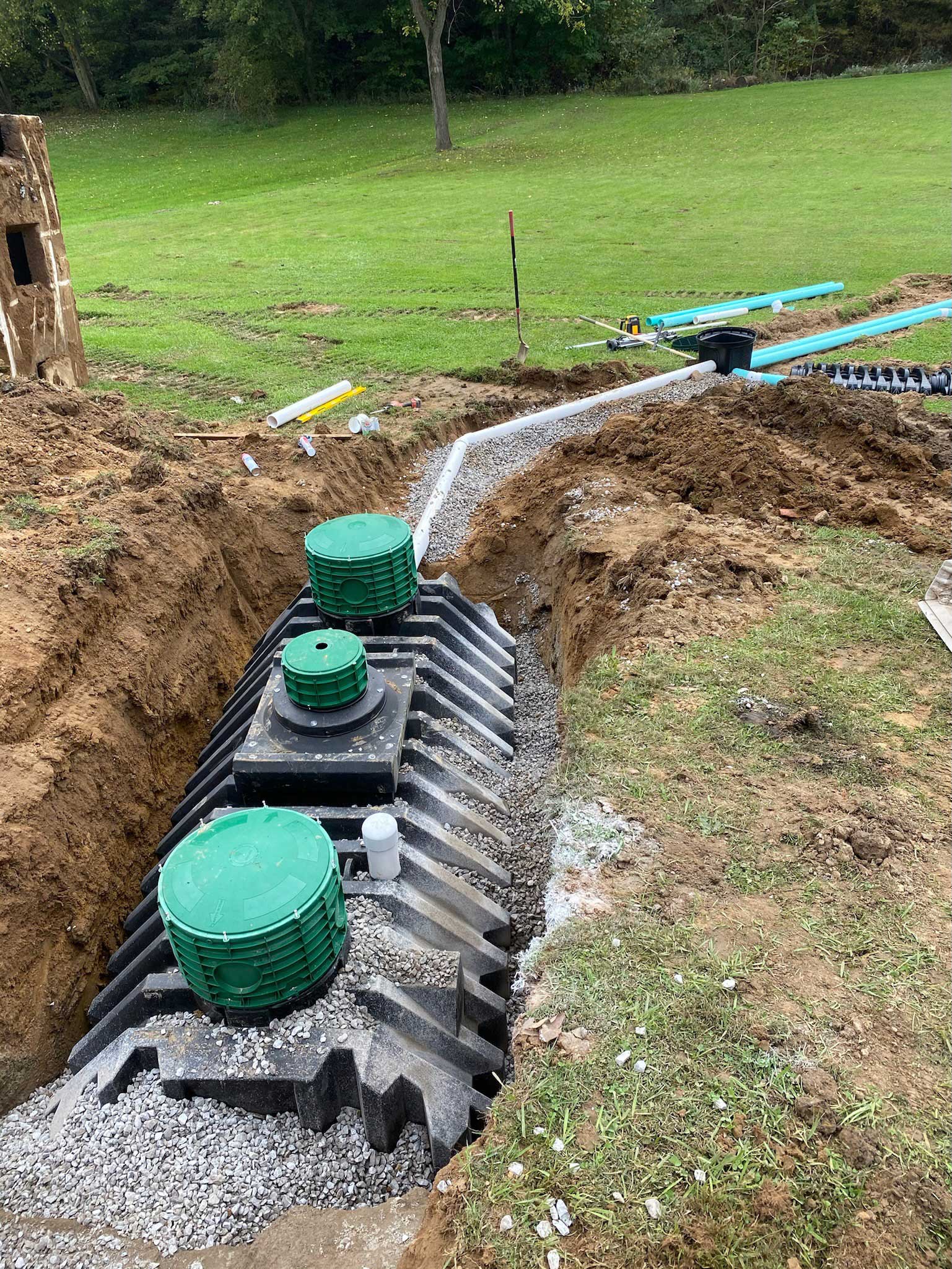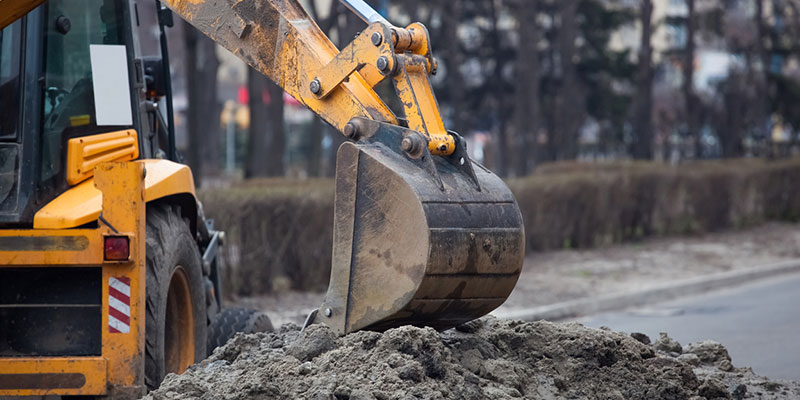Professional Septic Ohio - Trusted Septic Tank Specialists in Ohio
Professional Septic Ohio - Trusted Septic Tank Specialists in Ohio
Blog Article
Extensive Exploration: The Science Behind Superior Excavation Practices
The world of excavation techniques is a domain where science intertwines with craftsmanship to discover the secrets concealed under the planet's surface area. From old hand devices to modern-day hydraulic excavators, the advancement of excavation techniques has been a testimony to human ingenuity and technical advancements. However, what truly establishes premium excavation techniques apart is a deep understanding of geological concepts, combined with the utilization of advanced tools and approaches. By checking out the science behind these methods, we can discover the tricks that lie beneath our feet and appreciate the precision and competence that enter into every dig.
Development of Excavation Techniques
Throughout history, the advancement of excavation methods has played a crucial duty ahead of time construction techniques and historical discoveries. From the simple tools used by our forefathers to the innovative machinery employed in modern-day times, the progression of excavation techniques has actually substantially changed exactly how we come close to various jobs.
In old times, manual labor with standard tools such as pickaxes, shovels, and wheelbarrows was the main approach of excavation. This labor-intensive process limited the deepness and scope of excavations, commonly resulting in slow development and limited access to certain websites. As worlds advanced, so did the techniques and devices used for excavation.
The Industrial Change noted a transforming factor in excavation methods with the intro of steam-powered machinery. In contemporary times, technology plays a crucial duty in excavation, with advancements like GPS systems, drones, and 3D scanning enhancing accuracy and performance in the field.
Function of Innovation in Excavation

The combination of cutting-edge modern technology has fundamentally transformed the area of excavation, improving accuracy and effectiveness to extraordinary degrees - septic ohio. One of the crucial technical improvements that has actually significantly impacted excavation practices is the usage of General practitioner systems.
Furthermore, the introduction of 3D modeling and simulation software program has streamlined the planning procedure for excavation tasks. Drivers and designers can currently imagine the entire excavation process before breaking ground, enhancing and recognizing potential difficulties process. Together with this, the application of drones in excavation tasks has helped with airborne studies, volumetric dimensions, and website assessments with unparalleled rate and precision.
Geological Concepts in Excavation
An understanding of geological principles is essential for making sure the architectural honesty and stability of excavation websites. Geological aspects play an important role in figuring out the expediency and security of excavation tasks (excavating ohio). One essential geological principle to think about is the kind of soil or rock existing at the website. Various dirt types, such as gravel, clay, or sand, have differing degrees of stability and require different excavation strategies. Cohesive dirts like clay might need extra support to prevent collapses, while sandy soils might be susceptible to erosion throughout excavation.
Additionally, the geological framework of the location, including mistakes, fractures, and rock developments, have to be carefully analyzed to determine possible risks and difficulties. Excavating near mistake lines or unsteady rock formations can cause instability and potential threats. By performing detailed geological studies and analysis, engineers and excavators can create methods to mitigate threats and guarantee the effective completion of excavation jobs. Eventually, including geological concepts into excavation techniques is essential for attaining safe, efficient, and sustainable results.

Newest Tools for Excavation
In the realm of excavation techniques, modern developments in tools have actually transformed go to the website the efficiency and accuracy of excavation processes. These drones can provide thorough airborne surveys of excavation websites, using real-time data on topography and possible dangers.
Another cutting-edge device acquiring popularity is the implementation of 3D printing modern technology for producing custom excavation tools. This permits the manufacturing of specialized tools that are tailored to the particular needs of a job, raising performance and minimizing downtime.
Furthermore, developments in go to this website products science have actually led to the advancement of more powerful and much more durable excavation tools. lancaster excavation. Tungsten carbide-tipped excavator add-ons, as an example, deal exceptional efficiency in difficult ground problems, enhancing performance on-site
Scientific research's Influence on Excavation Practices

Additionally, clinical study on soil technicians and geotechnical engineering has actually offered useful understandings into dirt habits, allowing excavation experts to make informed decisions relating to excavation approaches and dirt stabilization strategies. On the whole, science continues to drive advancement and renovation in excavation techniques, making excavation tasks more efficient, cost-effective, and sustainable.

Conclusion
In verdict, the advancement of excavation strategies has been significantly influenced by improvements in modern technology and a deeper understanding of geological principles. The most recent devices and devices used in excavation have enhanced efficiency and accuracy in the area. The application of clinical understanding has dramatically improved excavation methods, resulting in much more efficient and sustainable approaches for excavating numerous sorts of products.
In the realm of excavation practices, contemporary developments in tools have transformed the efficiency and precision of excavation procedures. By leveraging scientific concepts, the excavation sector has actually been able to substantially improve performance, precision, and security in excavation processes. GPR permits excavation groups to non-invasively check and map subsurface structures, utilities, and possible dangers, allowing them to plan excavation tasks with higher accuracy and lowered danger of mishaps.
Furthermore, clinical study on soil auto mechanics and geotechnical engineering has actually given valuable insights into dirt habits, allowing excavation specialists to make educated choices relating to excavation methods and dirt stabilization strategies. Generally, scientific research proceeds to drive development and improvement in excavation methods, making excavation jobs a lot more efficient, economical, and lasting.
Report this page